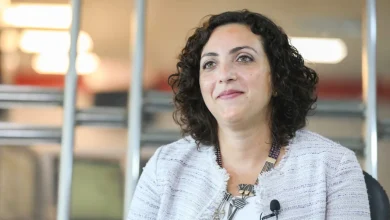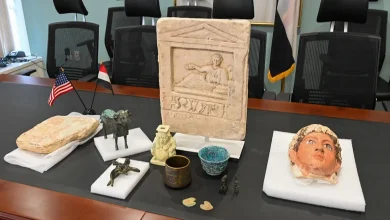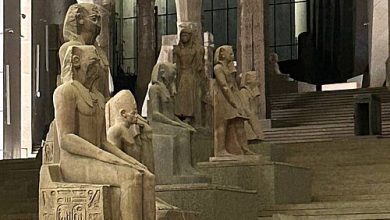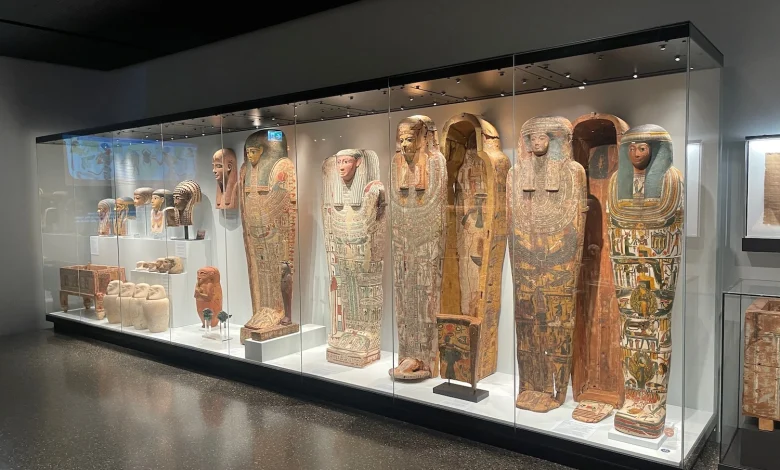
After museums got caught selling suspicious artifacts, a new European law is changing the global antiquities trade
The European Union has begun implementing a new law aimed at regulating the import of archaeological and artistic objects from private collections on loan to museums in member states. The law was passed after a number of European museums were implicated in displaying and selling items on loan from private collections whose ownership was suspected, some of which were later investigated and found to be stolen.
The law came into force at the end of June, in an unprecedented move aimed at protecting global cultural heritage and curbing the trade in looted antiquities. It follows nearly eight years of debate. The regulation requires importers to provide clear evidence of the origin and date of export of the items.
Although many international institutions have welcomed the law, its implementation is raising growing concerns in museums due to the complexity of the procedures and the narrowing of exemptions. This could threaten international loans and temporary exhibitions, especially those that rely on cooperation with private collections. Experts have pointed to the difficulty of reorganizing exhibitions such as “In the Service of the Gods of Egypt,” which was held at the Grenoble Museum in France in 2018 from private collections.
New law
The regulation, known as 2019/880, requires museums that borrow items for display or sale, whether from another museum or a private collection, to provide proof of legal export from the country of origin and documentation of the source. The list covered by the law includes works of art, archaeological artifacts, and objects of cultural value, including books, manuscripts, and documents. Whether from another museum or a private collection, they must provide proof of legal export from the country of origin and documentation of the source. The list covered by the law includes works of fine art, archaeological artifacts, decorative arts, and memorabilia.
According to a report published by the British newspaper “Art Newsbeater”, these rules, which were established six years ago and have recently come into effect, are part of broader European efforts to protect global cultural heritage and prevent the art market from being exploited to finance illegal activities.
Strict measures
The European Union has identified the types of cultural goods subject to strict import measures, including three categories:
- Items that have been illegally exported from third countries.
- Items resulting from archaeological excavations that are more than 250 years old, regardless of their value.
- Items that are over 200 years old and worth more than €18,000.
The requirements also include the presentation of an import license for items in the second category, with proof that they were not illegally exported. Items in the third category require an import declaration signed by a person confirming that they were not exported illegally.
Impact on museums
This law comes after many years in which museums were exempt from these requirements. However, the new regulation requires importers to provide comprehensive documentation and detailed records of origin and export permits. Depending on the age and value of the item, the traceability requirements may extend to the date the artifact was removed from its country of origin.
Importers of any artwork valued at more than €18,000 and over 200 years old are also required to provide proof of legal export from the country of origin. For artifacts over 250 years old, an import license is required regardless of value.
If the country of origin cannot be reliably determined, or if the item left its country of origin before April 24, 1972, the importer must prove that it was legally exported from the last country where it was located for at least five years.
Temporary offers
The regulation provides for legal exemptions for specific purposes, such as education and scientific research, the preservation and restoration of artistic objects, or their use in artistic performances and digitization. The exemptions also include cooperation between academic institutions and museums or similar entities.
However, the implementing regulation (No. 2021/1079) narrows the scope of this exemption, limiting it to temporary loans from museums located outside the European Union. This excludes private lenders outside Europe from benefiting from these facilities.
Concerns of European institutions
The new law has caused considerable concern among European museums. This was expressed by Will Corner, head of exhibitions at TEFAF and director of the Endangered Cultural Heritage Database. This is a charitable organization that supports museums and archives in conflict zones.
According to The Art News Paper, Corner said: “Temporary exhibitions rely heavily on international cooperation. But the new regulations impose complex legal and administrative barriers that may cause many private lenders to refuse to participate. This is not just a blow to the art market, but a real threat to cultural diversity within the European Union.”
Museum directors and collectors described the law, which was passed by the European Union to prevent the trafficking of looted artifacts, as potentially having a negative impact on museums due to the inability to borrow artifacts from private collectors outside the European Union.
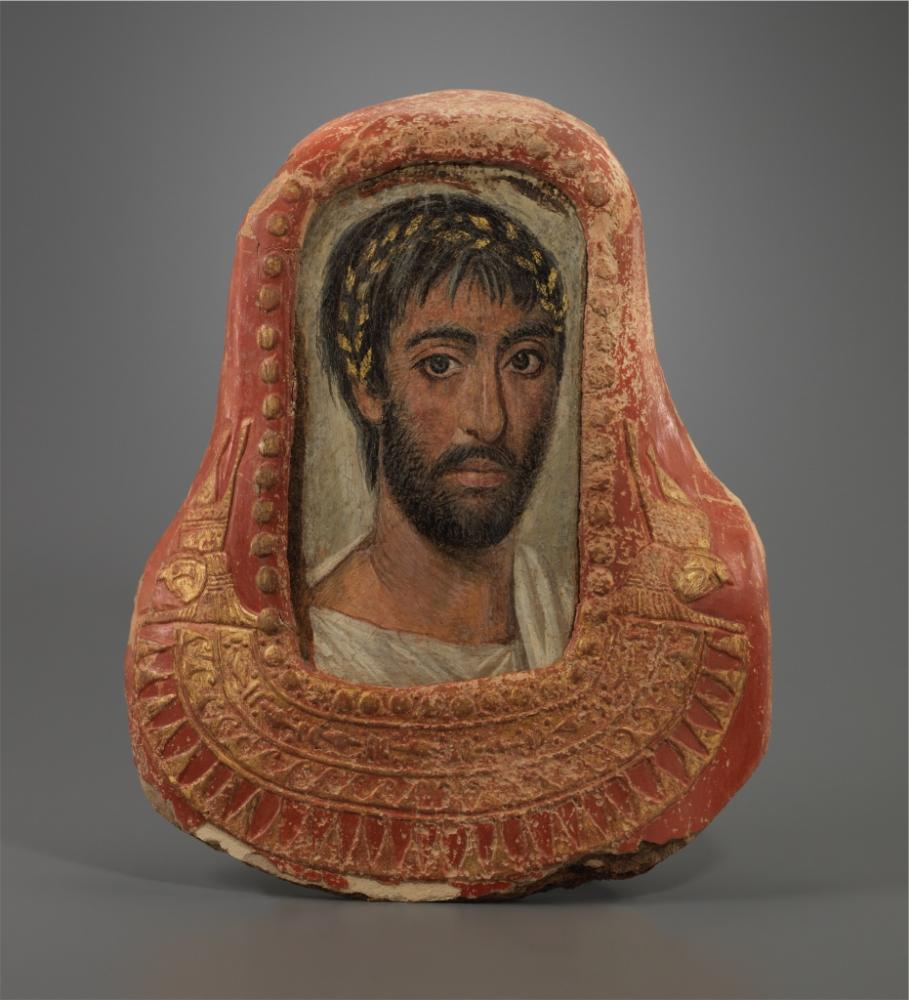
Reason for enacting the law
This law comes at a time when several museums are displaying Egyptian artifacts from private collections. These artifacts are subsequently subject to investigation due to suspicions that they were looted.
One of the most prominent cases occurred in 2022, when Swiss billionaire Jean-Claude Gendou requested an investigation into an Egyptian artifact—a panel depicting faces from Fayoum—due to suspicions about its legality and origin. These suspicions arose after he loaned it to a number of exhibitions and museums in Europe and the United States.
Along with other pieces from his huge collection of 1,600 artifacts. Gendour had bought the panel in November 2014 from the Phoenix Ancient Art Gallery in Geneva, Switzerland. Suspicions surrounded its purchase from dealer Robin Deb.
The suspect in the Tutankhamun case is under investigation at the Louvre Abu Dhabi for suspicions surrounding the legality of the sale. The Fayum painting’s ownership document also bears an identical copy of the export certificate for the Tutankhamun artifact.
Looting of Syrian and Iraqi antiquities
In addition to tackling the looting of antiquities in Syria and Iraq, according to The Art News Paper, these antiquities are being catalogued in digital records to enable them to be traced.
After the law is enacted, a new phase will begin, involving the registration of all cultural property and artifacts in a central electronic system called the International Cultural Property Database. It is designed to facilitate the exchange of information between EU member states.
For his part, Aik Schmidt, director of the Royal Capodimonte Museum in Naples, questioned the mechanism for managing the regulation. According to his statements to the website “Art News”, he explained that the aim of the regulation is clear. He pointed to a lack of administrative infrastructure necessary for its implementation. He explained the requirements for implementing the regulation, including the recruitment of thousands of administrators, archaeologists, art historians, and restorers to deal with the huge number of requests.
On the other hand, Tony Hansen, director of the Munch Museum in Oslo, said that the new regulation is a vital step in combating illicit trade. However, she added that it will put museums and some institutions in a difficult position, as some of them acquire artifacts with a complex artistic history and incomplete documentation.
She concluded by saying that for many museums, the implementation of these regulations could hinder import licensing requirements. Proof of origin could also hinder international loans and exhibitions.
UNESCO comment
On the other hand, UNESCO and the International Council of Museums welcomed the regulations. A UNESCO spokesperson said: “Illegal trafficking in cultural property requires a comprehensive, coordinated and global approach.” Sophie Delépierre, head of heritage protection at the International Council of Museums, also pointed out that the European Union has been regulating the export of cultural property for decades.
De L’Épée believes that this regulation highlights the importance of cross-border cooperation. However, she added that it will not combat trafficking on its own. She explained that cooperation between countries and clear communication are the most effective means of deterring the illicit trade in looted artifacts.
Artworks belonging to a Hezbollah financier
The law was approved days after the Federal Bureau of Investigation announced the recovery of two paintings that had been missing for more than 40 years from the Harwood Museum of Art at the University of New Mexico, following a lengthy investigation that spanned decades.
According to the British newspaper The Guardian, Ogunuchuko Oguere sold artworks worth an estimated £140,000 to Nazim Ahmed, who has been designated by the United States as a financier of Hezbollah. According to the Art News website, the United States imposed sanctions on Nazim Ahmed in 2019. These were renewed in 2023 due to art and diamond imports and exports worth $440 million.
Legal consequences
But what will happen if a country fails to comply with this law and does not provide original documents proving ownership of the artifacts?
According to Art News, failure to comply with these laws may result in the confiscation of the items in question and legal sanctions against art dealers, collectors, and other professionals in the field.
This was confirmed by Will Ferrier, head of fine arts at Lockton Insurance. In an advisory note published by the company, he explained that failure to provide the required documentation for artifacts or the submission of forged evidence or false statements when applying for an import license would be subject to severe criminal penalties.
Ferrer pointed to another problem related to the increased risk of confiscation of works of art, which could discourage private collectors from lending their pieces. This could weaken the ability of some art institutions to provide artifacts for loan.
Read also
Heated debate in Britain over the return of Egyptian mummies… Why is Egypt absent from the scene?


